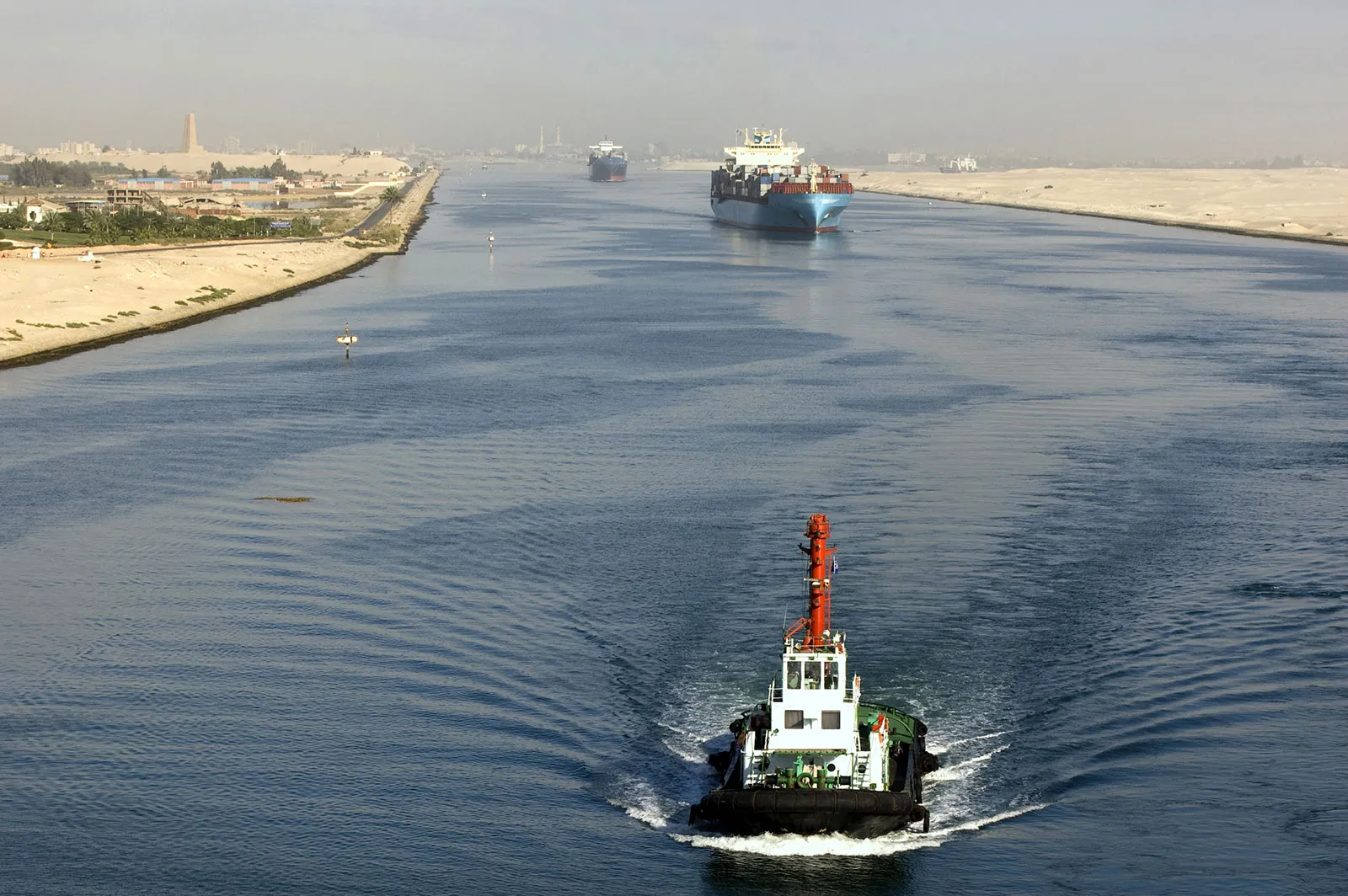GG News Bureau
New Delhi, 9th Feb. Global trade has historically relied heavily on the Red Sea, a vital maritime route that connects the Mediterranean and the Indian Ocean. But this historically important waterway has gotten riskier lately, and it will get even riskier in 2024. The shipping industry is facing significant challenges due to insurgent attacks in the region, especially from Iran-backed Houthi militants in Yemen. These attacks have an impact on the industry in different ways. This includes the financial ramifications and the security of trade routes, which may eventually impact the demand for careers in shipping and the number of people aspiring to work in the field because of safety concerns.
Financial instability
Financial instability has been one of the most obvious and immediate effects of the Red Sea conflicts on the shipping industry. The Red Sea and the Suez Canal have become less frequent destinations for shipping companies due to an increase in piracy incidents and attacks on commercial vessels.
Even though this diversion is necessary for safety, it has resulted in higher operating expenses and longer travel times. In order to avoid the high-risk areas, ships are now taking longer and more costly routes, particularly around the Cape of Good Hope. Longer trips result in greater fuel costs, maintenance costs, and operational inefficiencies, all of which have an adverse effect on shipping companies’ profits.
Moreover, stock investors in listed container lines have taken notice of the spike in rates for ships that would have passed through the Red Sea and Suez. These investors are acutely aware of the situation’s financial ramifications because shipping stocks are more volatile due to the region’s uncertainty and the possibility of additional disruptions. An already intricate and dynamic industry has become even more unpredictable as a result of the Red Sea conflicts.
Increased prices
According to Drewry’s most recent World Container Index, freight costs have increased dramatically. The rate increase per feu between Shanghai and Rotterdam is 115%. Comparably, prices for a 40-foot box from Shanghai to Genoa increased by 114%. The cost of a 40-foot container from Shanghai to Los Angeles has increased by 30%, while the cost from Shanghai to New York has increased by 26%.
Numerous shipping lines have imposed surcharges on cargo on affected vessels. Insurance rates are also higher for the few vessels that still choose to use the Suez Canal. According to Forbes, the insurance premium for ships intending to enter the Red Sea increased to 0.7% from the usual 0.2% of the vessel’s value per journey.
Trade Route Security
The shipping industry has long been concerned about the security of trade routes across the Red Sea and the Suez Canal. There is now more risk because of the insurgents’ attacks on commercial ships in Yemen, Yemen’s deployment of the warship Alborz, and the US’s use of drones, anti-ship missiles, and improvised explosive devices to protect commercial shipping.
Executives in the shipping industry now have to make tough choices that will affect the crew and vessel safety. They have to compare the longer and more expensive alternative routes to the possible risks of traveling through these tumultuous waters.
Effects of Global Trade
Global trade is impacted by the problems in the Red Sea in addition to specific shipping companies. An essential route for the movement of goods between Asia and Europe is the Red Sea. Supply chains and global industries may be impacted by delays in the delivery of goods caused by disruptions in this region. There is a chance that supply shortages and bottlenecks will affect global trade as shipping companies struggle to meet the demands of the Red Sea conflicts.
In conclusion, the shipping sector is being significantly impacted by the problems in the Red Sea. The industry is struggling financially as a result of rising expenses and volatile stock prices. Trade routes have been reevaluated and more security measures have been implemented due to safety concerns. Despite being primarily regional in scope, these issues have an impact on the interconnected network of international trade and disrupt the seamless flow of goods, which has global implications.
The safety of the crew and the ship, as well as the upkeep of the effectiveness of international trade networks, must be carefully balanced while navigating these unsafe waters. The Red Sea situation continues to be unstable and unpredictable, so the shipping industry will continue to keep a close eye on developments there.


Comments are closed.